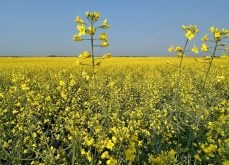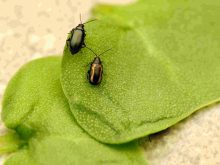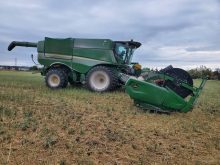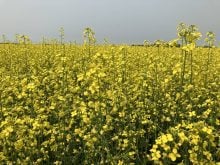Hybridization and an extensive crop plot research across Western Canada increased the crop's resiliency
Like Cinderella, canola could be beautiful and impressive, but if the weather clock struck midnight, it would end up in rags, trapped in a pumpkin surrounded by lizards and rats.
That was the canola crops of the 1980s and 1990s, which were generally viewed as the most fragile and undependable crops in farmers’ fields, able to thrive in good conditions but unable to face environmental challenges.
Other stories in the Canola Yearbook 2024:
- A new era for crop genetics
- Shrinking production estimate supports canola bids
- Canola goals must be reassessed to match market reality
- Canola growing season in review
- Canola remains a Prairie economic powerhouse
- Bill C-234 ping pongs between Senate and House
- Canola News Briefs
- Verticillium, blackleg and gophers
- Sustainability incentive for canola growers
- Science news briefs
- Tiny allies may help withstand drought
- Canola and climate change in Western Canada
- Production news briefs
- The future of gene editing in canola
- Canola views – photo essay
Leap forward to 2024 and canola now seems like farmers’ most stable and dependable crop in many areas, capable of weathering shocks that would have shattered its ancestors.
Read Also
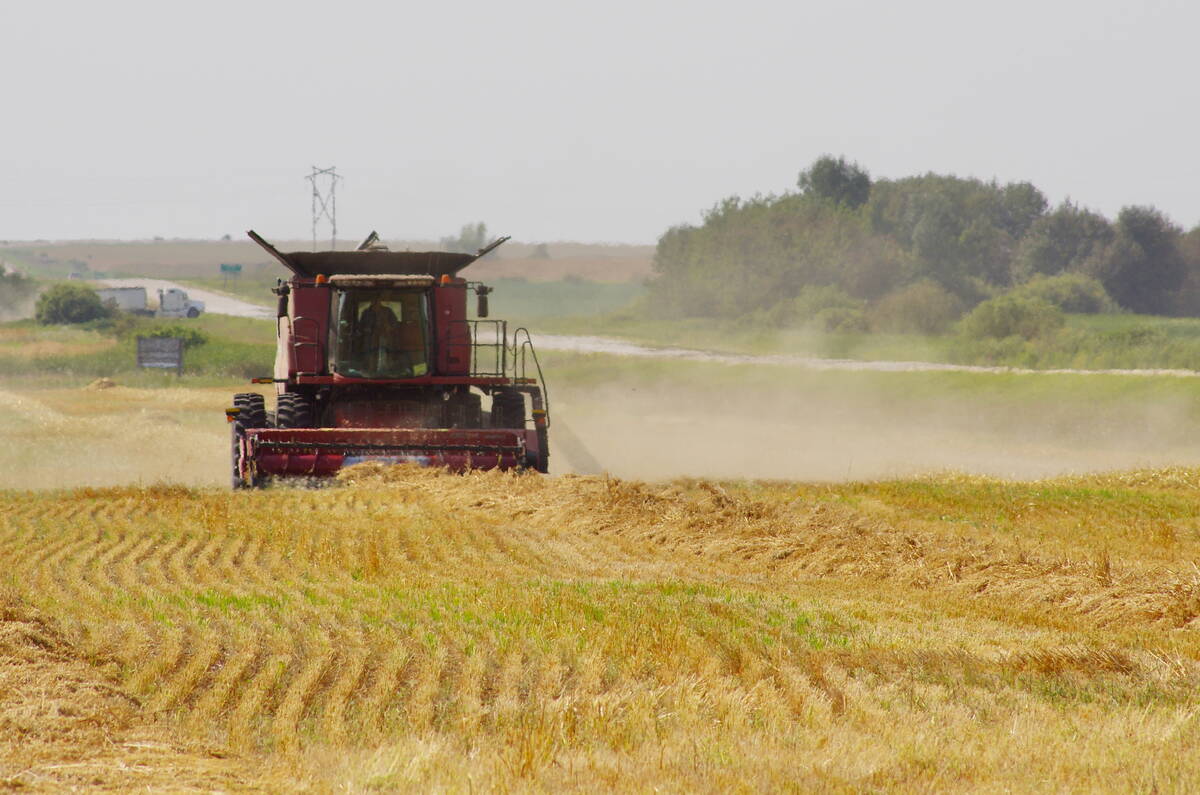
Herbicide resistance sprouts in Manitoba’s wild oats
Farmers across Manitoba this fall are gearing up for the latest salvo in what, for many, has become a longtime battle to beat out wild oats.
What happened to make canola so strong?
That’s something long-time Bayer Crop Science canola breeder Dale Burns pondered during a question and answer session at the Ag in Motion farm show in July.
To him, there have been two major revolutions that have turned canola into an environmental survivor.
“When we put a hybrid in a demo plot, and we put its parents on either side, the difference is amazing,” said Burns.
Hybridizing canola has had a stunning impact on canola strength and survivability. Farmers might not notice it with sudden giant gains in yields in the best years, but in bad years the results are much better.
“We probably haven’t raised the yield ceiling nearly as much as we’ve raised the yield floor,” said Burns.
Hybrids are simply agronomically stronger, accomplishing critical biological functions faster and better.
“It gets the roots down faster. It gets the growth going faster. It makes it more tough under stress conditions.”
Liz Simpson, Bayer’s hybrid product development lead, said varieties have also been improved by the extensive crop plot research networks established across Western Canada. Farmers see their crops struggle in bad conditions and so do researchers.
“We have those tough years too,” said Simpson, which provides researchers with a good way to identify the weak cultivars.
“When we’re pulling and screening products, we’ve got them in areas where it hasn’t rained, or won’t stop raining. If they can’t handle it, they get axed out of the program. Those ones just don’t get through to the end.”
Burns said a major non-genetic factor is supplied by farmers themselves. In the 1980s and 1990s, they commonly tilled their soils and farmed in ways that provided non-optimal conditions for canola growth. That has changed.
Today’s farmers are “leaving the moisture in the ground rather than tilling and losing it.”
The results are clear. Despite all the ups and downs of the environment and weather challenges, canola has moved step by step higher in average yields over the decades. From the mid-1980s to the 1990s, average Saskatchewan yields in the low 20s per acre were typical. That moved up a few bushels from the mid-1990s to the mid-2000s. Since 2008, average Saskatchewan yields have never fallen below the mid-30s, with 2016-20 yields all higher than 40 bu. per acre, except for 2021’s 28.4 bu. in the face of severe drought.
The drought years have knocked that back, but not too far, with high-30s common. In areas with good conditions, yields higher than 60 bu. per acre have also been common, revealing a potential far beyond anything possible in most areas in the 1990s.







